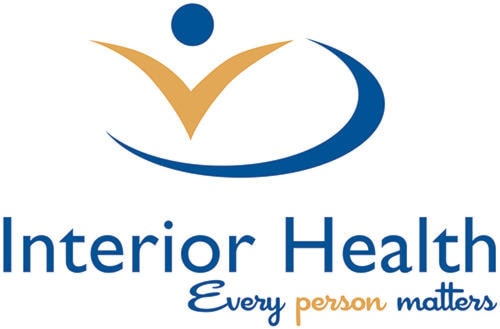With influenza season approaching, it’s time to get vaccinated.
This year, the influenza vaccine is more important than ever to protect ourselves and our loved ones as we fight COVID-19. With similar symptoms to COVID-19, influenza is a contagious respiratory disease that can lead to serious illness, hospitalization and death.
We urge everyone to make plans now, schedule an appointment for the flu shot, and be prepared for the flu season, which typically starts in November.
If influenza spreads rapidly in our communities at the same time as COVID-19, it could overwhelm our health-care system and put our loved ones at risk.
Vaccine supply has started to arrive and Interior Health has already set up targeted clinics for high-risk vulnerable people. We are also working in partnership with doctors, nurses, pharmacists and licensed nurse practitioners to ensure the widest distribution possible of the influenza vaccine. Opportunities to get your flu shot will be ongoing throughout the fall and winter.
It’s crucial to protect yourselves and loved ones by getting the flu shot and to stay home when you are sick. In the coming weeks, get your bubble vaccinated as an added protection during the COVID-19 pandemic.
Locally, Barriere IDA Pharmacy is providing flu shots by appointment only until Oct. 26.
Find a provider near you, visit Immunize BC at https://immunizebc.ca. Remember to plan ahead to get your shot as most providers will require you to book an appointment in advance.
Seasonal Flu Shots are recommended and provided free to the following groups:
1. People at high risk:
• People aged 65 years and older
• People of any age who are residents of long-term care facilities
• Adults (including pregnant women) and children with the following chronic health conditions:
• Cardiac or pulmonary disorders (e.g., bronchopulmonary dysplasia, cystic fibrosis, asthma) o Diabetes and other metabolic diseases
• Cancer; immunodeficiency (including human immunodeficiency virus [HIV] infection);
immunosuppression due to underlying disease or therapy (e.g., severe rheumatoid arthritis
requiring immunosuppressive therapies)
• Chronic kidney disease
• Chronic liver disease, including hepatitis C
• Anemia and hemoglobinopathy
• Conditions that compromise the management of respiratory secretions and are associated with
an increased risk of aspiration (e.g., cognitive dysfunction, spinal cord injury, seizure disorder,
and neuromuscular disorders)
• Children and adolescents (6 months to 18 years of age) with conditions treated for long periods with acetylsalicylic acid
• Children and adults who are morbidly obese (adult BMI ≥ 40; child BMI assessed as ≥ 95th percentile adjusted for age and sex)
• Indigenous peoples (on and off reserve)
• Healthy children 6 to 59 months of age
• Pregnant women at any stage of pregnancy during the influenza season (typically spanning November to April)
• Inmates of provincial correctional institutions
• People working with live poultry (Immunization may reduce the potential for human-avian re-assortment of genes should such workers become co-infected with human and avian influenza.)
2. People capable of transmitting influenza to those at high risk:
• All health care workers (including all health authority staff, accredited physicians and residents, volunteers, students, contractors, and vendors) who come into contact with patients at health care facilities including long-term care facilities. This includes independent health care practitioners and their staff in community settings.
• Visitors to health care facilities and other patient care locations
• Household contacts (including children) of people at high risk whether or not those high risk people have been immunized
• Those who provide care and/or service in potential outbreak settings housing high risk persons (e.g., crew
on ships)
• Household contacts of healthy children 0 to 59 months of age
• Those providing regular child care to children 0 to 59 months of age, whether in or out of the home
• People who provide essential community services:
• First responders: police, fire fighters, ambulance • Corrections workers
